What must be considered for additive manufacturing (AM) in this industry?
Additive manufacturing (AM) is poised to alter the playing field in the space industry.
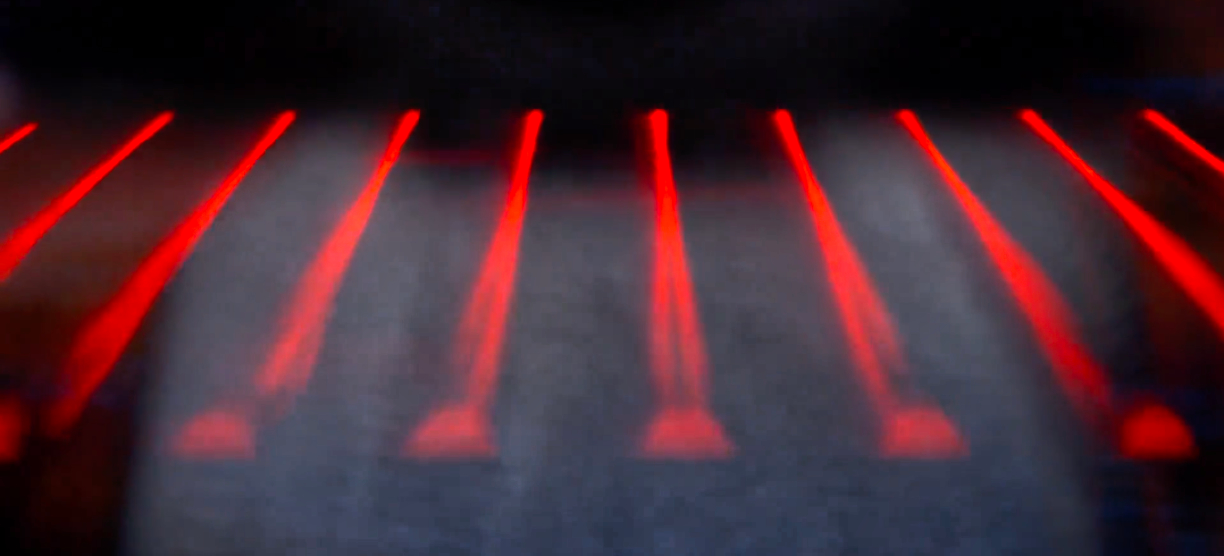
Companies such as SpaceX, Blue Origin and Planet Labs are expanding the market for manufacturers of satellites, launch vehicles, deep space exploration equipment and related components. With demand exploding, space manufacturers are exploring additive manufacturing (AM) for its ability to produce stronger parts with fewer components in faster development and production cycles, using high-tech materials proven to withstand hostile environments and extreme temperatures.
AM and the space industry are both headed into the mainstream. With their convergence, there is potential to have a huge impact. Yet, there are barriers to overcome and challenges to meet before space manufacturers can fully adopt AM.
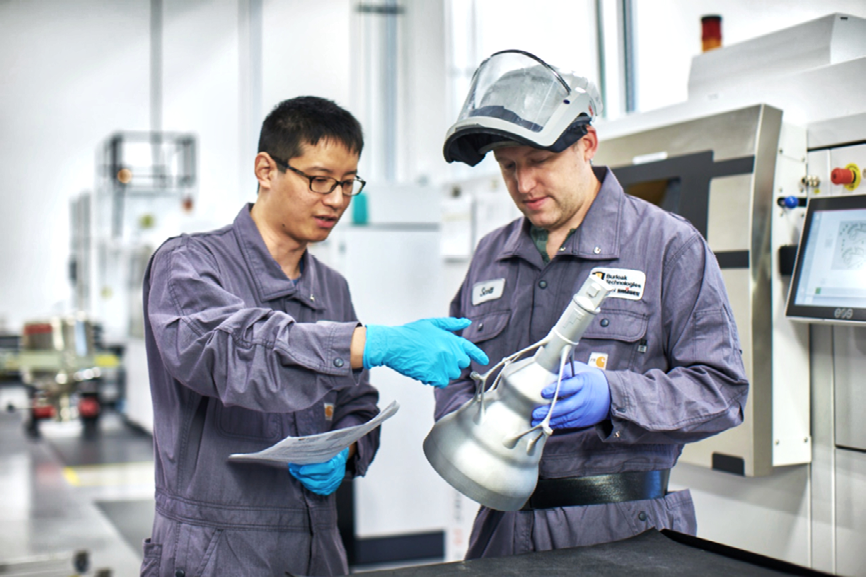
Two Burloak technicians examining a company’s Ivar printed part.
Photo is courtesy of the company.
The experts at Burloak Technologies understand what it takes to explore the space industry’s newest frontier. For more insight, a conversation with Burloak’s Keyvan Hosseinkhani, Technical Director, was conducted to discuss the power of AM to drive the next generation of space manufacturing.
Why is the space industry ripe for AM adoption?
Keyvan Hosseinkhani
The space business is booming. In 2021, space infrastructure companies attracted $14.5 billion of private investment — that’s a 50% increase from the previous year. Competition has increased, as well, and space manufacturers today are under immense pressure to build lighter, better-performing parts within shorter timelines, at scale, on tighter budgets.
Whether they build components for satellites or thrust chambers for rocket launchers, space manufacturers all have similar goals. They want lighter-weight, consolidated components they can build quickly, that deliver improved performance.
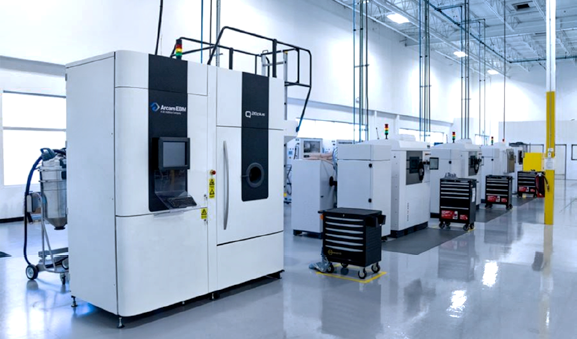
Traditional manufacturing techniques require components to be manufactured individually and then assembled. In contrast, AM allows for component consolidation and the manufacture of assemblies as a single piece, which improves performance and enhances reliability.
Also, due to the complexity of both the required tooling and the manufacturing process, traditional development cycles are often years long — running up to 24 months. However, with AM you can simplify the tooling and manufacturing process by including it in the design — a process that can reduce the lead time design — a process that by months, if not years.
Space manufacturing has specialized requirements that make it even more complex than traditional manufacturing. What must be considered for AM in this industry?
Keyvan Hosseinkhani
AM is a relatively new technology that is constantly evolving, and that sometimes comes with risks. Space manufacturers need to trust that AM can consistently produce parts fit for space in the quantities required.
Manufacturers should seek AM suppliers that have made significant investment in the field over time and are well-versed in Design for Additive Manufacturing (DfAM). Ideally, they should already have parts in space and existing relationships with other space companies.
Space manufacturers will want an AM supplier with a mix of high-performing technology in- house as well as capabilities that include everything from electron and laser powder-bed fusion, directed energy deposition and selective laser sintering to metrology, heat treatment and precision machining.
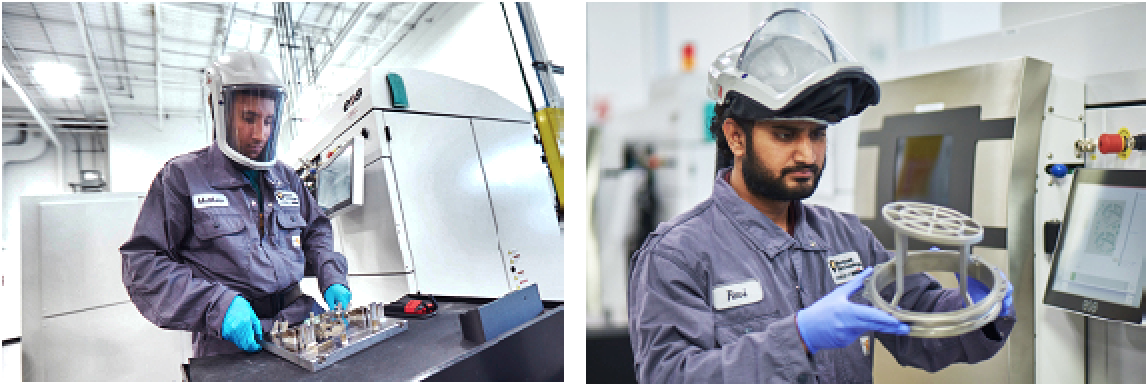
A flexible partner is required that can adapt to customers’ needs and help them grow. For example, at Burloak, the company is constantly adapting the firm’s offerings to support fast-growing industries, such as the space sector.
As an AS9100D certified aerospace company — experienced in manufacturing flight hardware — a robust metallurgical lab and the capacity to build a complete portfolio of space parts is offered.
The type of materials a supplier can work with is another important consideration. For instance, Invar is an exotic material ideal for space applications due to its low coefficient of thermal expansion (CTE); unlike other alloys, Invar can maintain its dimensional stability across a wide temperature range.
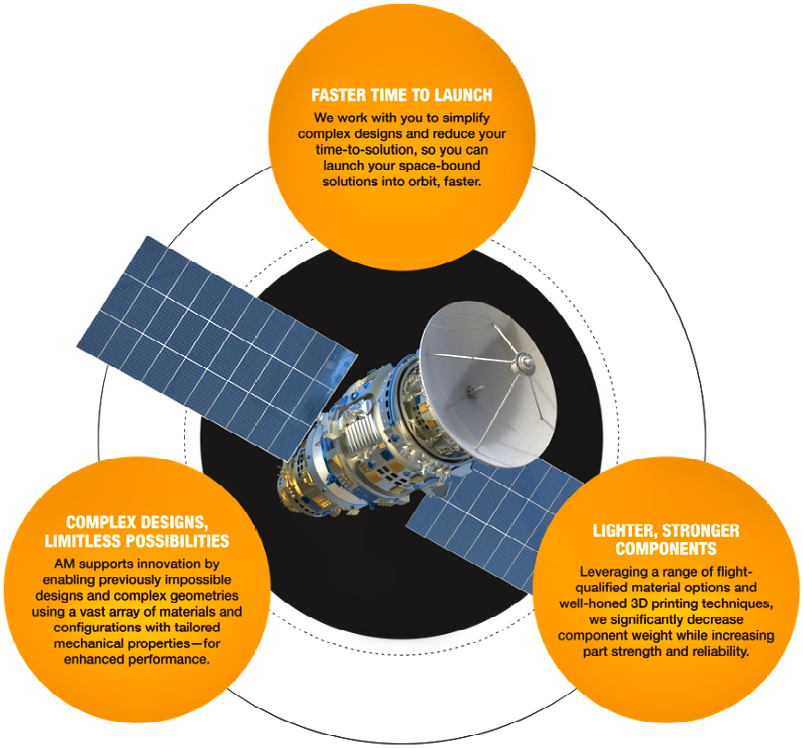
This material is an optimal fit for critical optical, supporting structures where thermal stability is required. However, Invar is not as easy to process. Therefore, it’s important to look for an AM supplier that has a track record of making flight hardware from this challenging material.
What will it take for widespread adoption of AM in the space industry?
Keyvan Hosseinkhani
Increased demand will push the space industry to adopt AM. In the past, orders for space components were relatively low volume, with most manufacturers receiving requests maybe once per year. Today, orders amount to hundreds — and in some cases, thousands —of parts per year. As such, manufacturers must adapt their capacity to keep up.
However, switching from traditional manufacturing processes to additive manufacturing involves far more than investing in a 3D printer.
Manufacturers also need to navigate the challenges associated with materials development, post- processing, technology reliability and skilled labor shortages to achieve a good return on investment.

Space manufacturers that shift to AM typically rely on a trusted and experienced AM supplier to guide them through the adoption process, help them identify necessary process changes and create new manufacturing design rules.
To learn more about AM and how Burloak is helping leaders in the space industry transform their manufacturing operations, visit this direct link...
www.samuel.com/Burloak-Technologies

